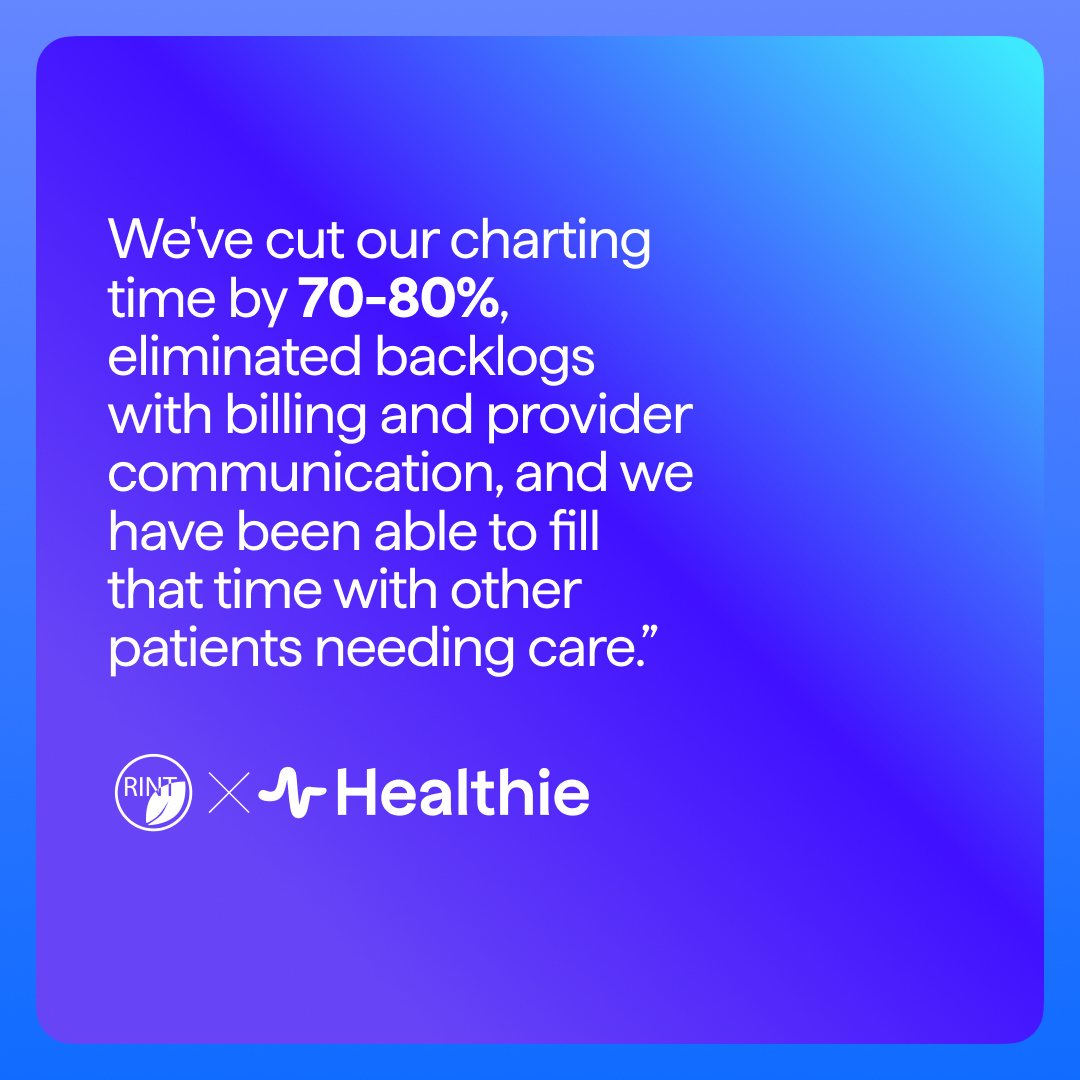Data & Analytics
How can data and analytics be used to improve healthcare outcomes?
Healthcare data and analytics can be used in a number of ways to improve healthcare outcomes. One way is by using data to identify patterns and trends in patient care. This information can be used to develop and implement new protocols and procedures that can improve patient care and outcomes.
Another way that data and analytics can be used to improve healthcare outcomes is by using data to monitor and evaluate the performance of individual healthcare providers. This information can be used to identify areas where providers can improve their practice. Additionally, this data can be used to identify best practices that can be shared with other providers.
Finally, data and analytics can be used to support population health management initiatives. This information can be used to identify groups of patients who are at risk for certain conditions or who may benefit from certain interventions. This information can then be used to develop and implement population health management programs that can improve healthcare outcomes for those groups of patients.
How can data and analytics be used to reduce healthcare costs?
There is no question that data and analytics can play a major role in reducing healthcare costs. By understanding where costs are being incurred and where efficiencies can be gained, healthcare organizations can make significant strides in reducing their overall costs.
One area where data and analytics can be particularly helpful is in identifying areas of waste. For example, if a hospital is ordering more supplies than necessary, or if there are duplicate tests being ordered, data can help to identify these issues and correct them.
In addition, data can be used to help optimize staffing levels. By understanding patterns in patient demand, hospitals can ensure that they have the right number of staff on hand at all times, which can help to reduce labor costs.
Finally, data can also be used to improve communication between different parts of the healthcare system. For example, if test results are not being promptly communicated to primary care physicians, this can lead to unnecessary follow-up appointments and tests. By using data to identify and track these types of issues, healthcare organizations can make sure that information is being shared in a timely and efficient manner, which can help to reduce overall costs.
While data and analytics alone cannot solve all of the challenges facing the healthcare system, they can certainly play a major role in reducing costs. By using data to identify areas of waste, optimize staffing, and improve communication, healthcare organizations can make significant strides in reducing their overall costs.
How can data and analytics be used to improve the quality of healthcare?
Healthcare is an ever-changing and complex field, making it difficult to provide high-quality care without the use of data and analytics. By understanding and utilizing data, healthcare providers can identify areas in need of improvement and make changes to better serve their patients.
There are a number of ways data and analytics can be used to improve the quality of healthcare. One way is by using data to identify patterns and trends in patient care. This information can be used to develop and implement new protocols and procedures to improve the overall quality of care. Additionally, data can be used to monitor individual patient care and outcomes. This information can be used to make changes to individualized care plans as needed to ensure the best possible outcomes for patients.
Another way data and analytics can be used to improve healthcare is by using it to inform decision-making. Data can be used to assess the effectiveness of different treatments and interventions. This information can then be used to make decisions about which treatments and interventions are most likely to be effective for different patients. Additionally, data can be used to compare the cost-effectiveness of different treatments and interventions. This information can be used to make decisions about which treatments and interventions are most cost-effective and provide the best value for patients.
Data and analytics can also be used to improve communication and coordination among healthcare providers. By sharing data and information, healthcare providers can more effectively coordinate care and ensure that all patients receive the best possible care. Additionally, data can be used to monitor and evaluate the performance of different healthcare providers. This information can be used to identify areas of improvement and make changes to the way care is delivered.
Overall, data and analytics can be used in a variety of ways to improve the quality of healthcare. By understanding and utilizing data, healthcare providers can make informed decisions about how to best serve their patients.

